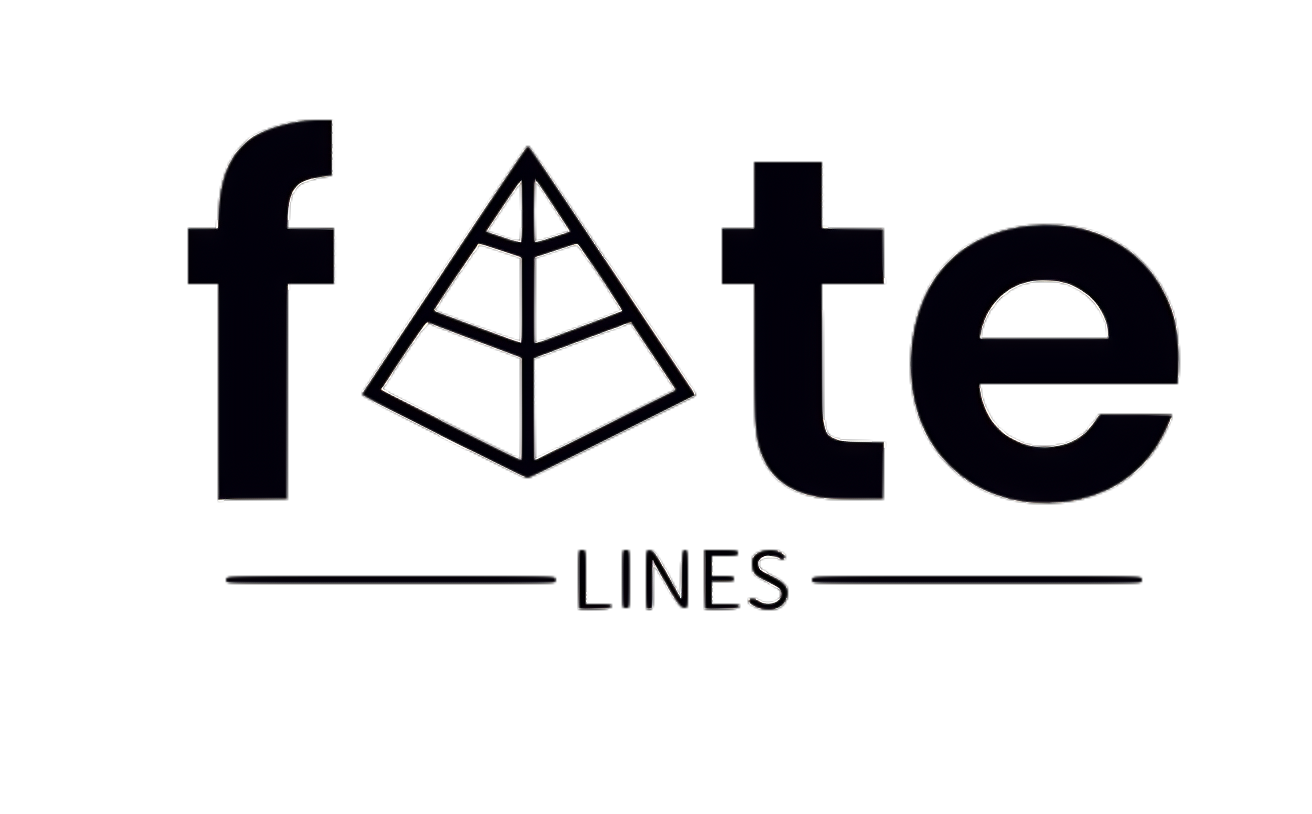The Nuckelavee: A Monstrous Sea Legend in Irish Folklore
Mythologies often serve as outlets for cultural fears and apprehensions, providing a framework through which societies narrate their insecurities. In Irish and Scottish traditions, one of the most alarming figures is the Nuckelavee, a monstrous entity believed to rise from the sea, bringing with it decay, destruction, and despair. While lesser-known than other mythic entities, the Nuckelavee strikes a uniquely terrifying presence that captures the imagination, symbolizing the chaotic forces of nature and the vulnerabilities of humankind.
Origins and Etymology of the Nuckelavee
The term Nuckelavee seems to derive from the Orcadian word “knoggelvi,” which is influenced by Norse vocabulary. This creature shows similarities to Scandinavian mythological entities like the nokk, a water spirit that could shapeshift into an enchanting horse to ensnare victims. In contrast, the Nuckelavee is more grotesque, exhibiting horrific traits that set it apart.
Unique to the traditions of the Orkney Islands—an archipelago with profound Irish and Norse influences—the Nuckelavee encapsulates the fears coastal communities harbor towards the sea’s unpredictability. It stands as a more sinister reflection of nature’s wrath, symbolizing illness and destruction that could arise from the ocean’s depths.
The harsh maritime environment of Orkney has helped to cultivate the lore surrounding the Nuckelavee, manifesting as a narrative device to unpack tragedies like shipwrecks or sudden diseases. The connection it shares with figures like the Fomorians, a race of sea monsters from Irish lore, reveals the shared themes of chaos and doom linked to the sea.
The Terrifying Appearance of the Nuckelavee
Distinct in its unspeakable form, various descriptions of the Nuckelavee converge on its repulsive hybridization of human and horse traits.
The Horse and Rider
Typically depicted with the body of a horse, the Nuckelavee distinguishes itself with a massive, deformed humanoid figure protruding from its back. This grotesque rider is described as towering over any man, with unnaturally long limbs and a mouth that seems capable of consuming anything. The horse itself is fearsome, exhibiting raw flesh devoid of skin, delivering a stench of decay that heralds its presence.
This creature’s form defies nature; the merging of horse and rider gives rise to a nightmarish entity that evokes absolute dread with its disjointed movements.
The Harbinger of Death
Integral to the Nuckelavee is its lethal breath, ascribed with the power to disperse illness and death wherever it roams. Its breath, unlike others in folklore, is a menacing force that infects anything in its vicinity, annihilating crops and decimating livestock, all while causing human sickness. This myth serves as a supernatural explanation for the often mysterious and rapid spread of disease in remote communities.
For these coastal societies, where the unpredictability of the sea was a reality, the belief in the Nuckelavee provided both a source of fear and a framework for understanding their harsh environment.
The Nuckelavee’s Domain: Land and Sea
While fundamentally associated with the ocean, the Nuckelavee demonstrates a capacity to tread upon land, diverging from other aquatic monsters confined to water.
The Sea’s Dual Nature
The depiction of the Nuckelavee as a sea-dwelling creature illustrates the ambiguous nature of the ocean; it is both life-sustaining and perilous. The sea symbolizes abundance, yet holds the potential for disastrous storms and tragedies, reflecting the deeply rooted ambivalence in coastal lifestyles.
The Nuckelavee serves as an adversarial reminder of humanity’s vulnerability to nature’s whims, evoking respect and fear.
Foreshadowing Chaos
Emerging during times of hardship—be it famine, drought, or pestilence—the Nuckelavee signifies chaos to communities already on the verge of despair. The various conditions determining its appearance in folklore emphasize the realm of nature’s supernatural influence.
Intriguingly, this monster is said to be thwarted by freshwater bodies; crossing rivers serves as a protective barrier against its maleficence, providing hope against the otherwise relentless force of the Nuckelavee.
The Nuckelavee as an Archetype of Fear
The Nuckelavee transcends its role as a mere monster; it represents existential fears concerning humanity’s relationship with unpredictable forces—illness, death, and vulnerability.
The Fear of the Unknown
The malevolent impact of the Nuckelavee echoes the frailty of isolated communities facing disease. Where medical knowledge was limited, it becomes a suitable scapegoat invoking terror regarding sudden outbreaks, offering consolation that there exists a visible entity causing chaos.
In contrast to the passive figures like the banshee—who forewarns of death—the Nuckelavee actively enacts destruction, amplifying its horror.
Emblem of Nature’s Fury
Not just a harbinger of disease, the Nuckelavee embodies nature’s capriciousness. Functioning as a bridge between land and sea, it represents an omnipresent danger, suggesting that no refuge lies beyond nature’s grasp.
The Nuckelavee’s mobility across environments amplifies the terror of its existence; it symbolizes the pervasive, often incomprehensible forces that lie outside human control.
Overcoming the Nuckelavee: Folklore’s Safeguards
Despite its formidable reputation, folklore suggests that the Nuckelavee possesses vulnerabilities, offering means of defense against its chaos.
The Protection of Freshwater
Central to many tales is the construct of freshwater as a protective force. Rivers and streams can be perceived as sanctuaries that obstruct the Nuckelavee’s advance, thus symbolically signifying the power of purity and boundary between worlds.
The Beneficence of the Sea Mither
In some narratives, the Nuckelavee’s havoc is countered by the Sea Mither, a protective spirit representing the nurturing aspects of the ocean. Myths describe their cyclical conflict, where the Sea Mither holds dominion in the warmer months, restoring peace and balance to the coastal environment.
Appealing to the Sea Mither’s benevolence becomes an act of defiance, suggesting a hopeful reliance on forces that protect against the monstrous.
The Nuckelavee in Contemporary Culture
Though not widely recognized in mainstream mythology, the Nuckelavee has filtered into modern storytelling, enriching literature and popular media. Its grotesque form offers insights into themes of dread and the confrontation with nature.
Fantasy Literature and Media
The Nuckelavee often finds itself featured in fantasy narratives as a fearsome antagonist. Its man-horse hybridization makes it a fitting foe in dark tales, with contemporary authors drawing on its fearsome reputation to explore deeper themes surrounding power and vulnerability.
Metaphorical Significance
In today’s context, the Nuckelavee stands as an allegory for inherent threats against life—be it through environmental calamities, disease outbreaks, or societal upheavals. With its unsettling fusion of identities, the creature prompts reflections on disruption and the fragility of natural boundaries.
The Nuckelavee serves as a vessel of the trepidation stemming from coastal communities, representing their fears of the sea, sickness, and nature’s unpredictable fury. It presents a striking reminder of humankind’s delicate balance with the environment, a cautionary tale enduring through generations.


